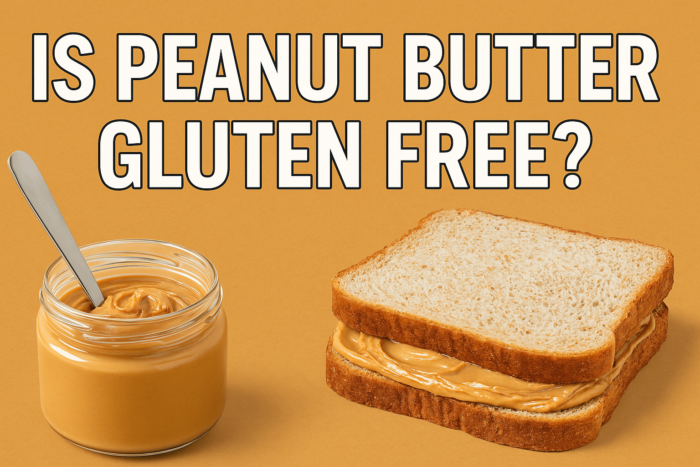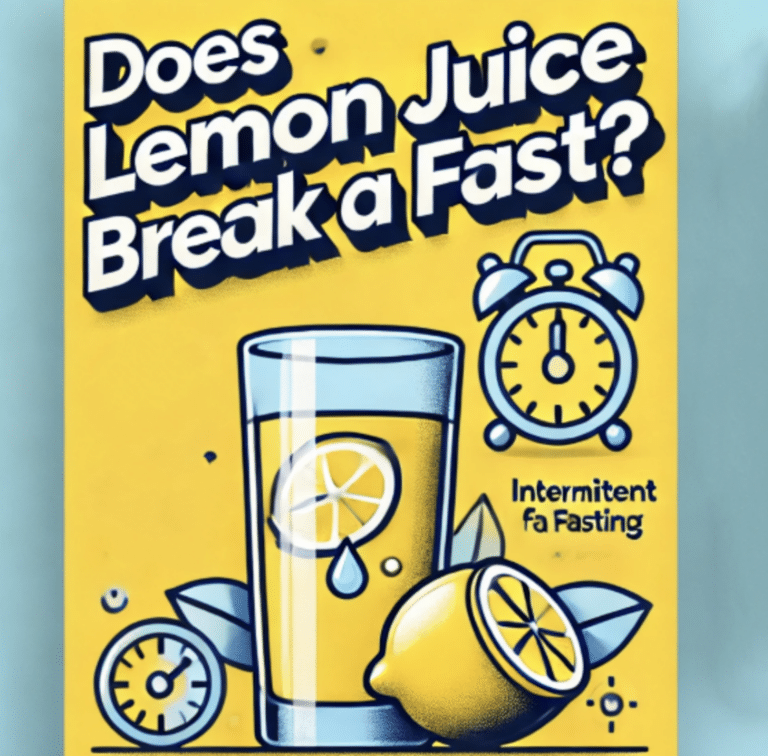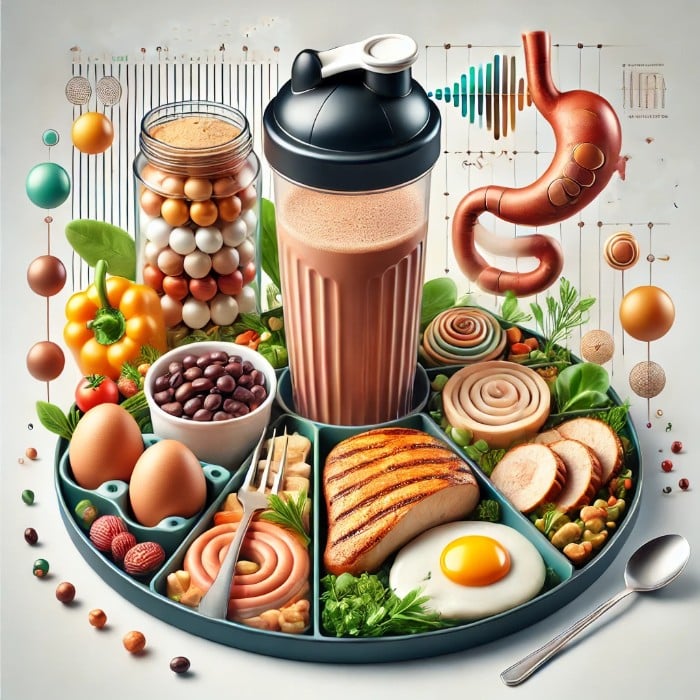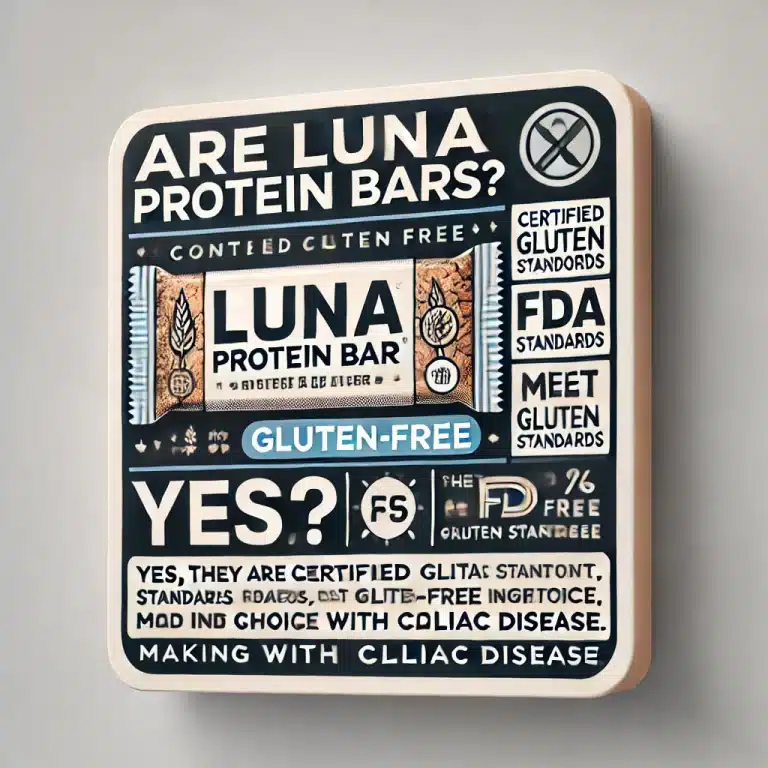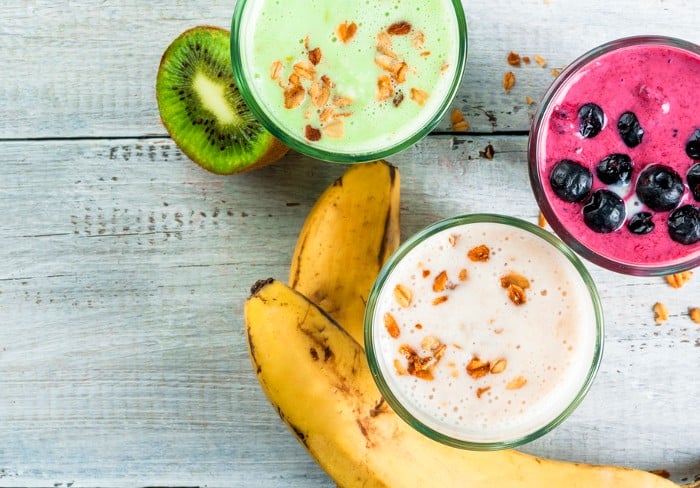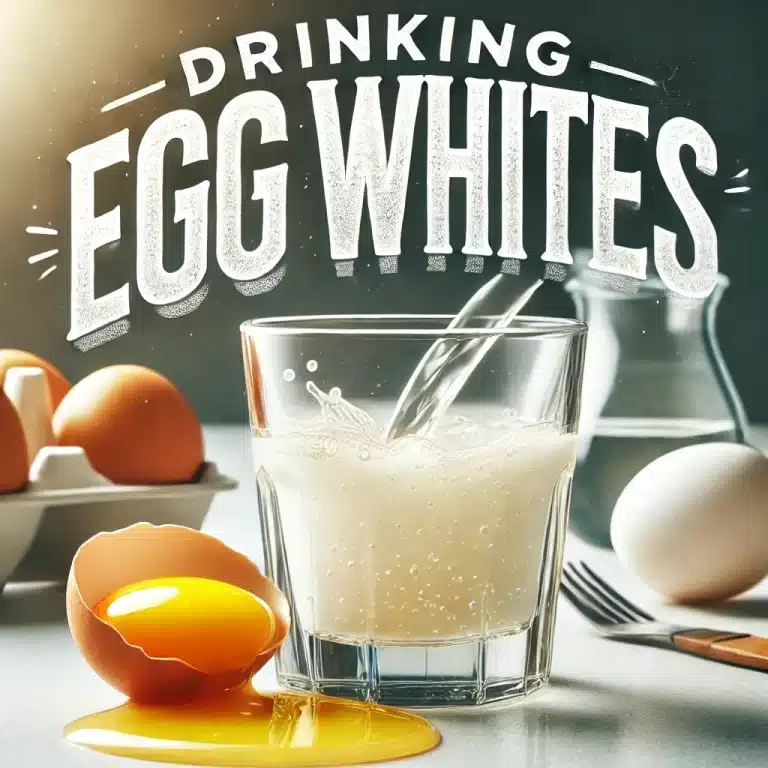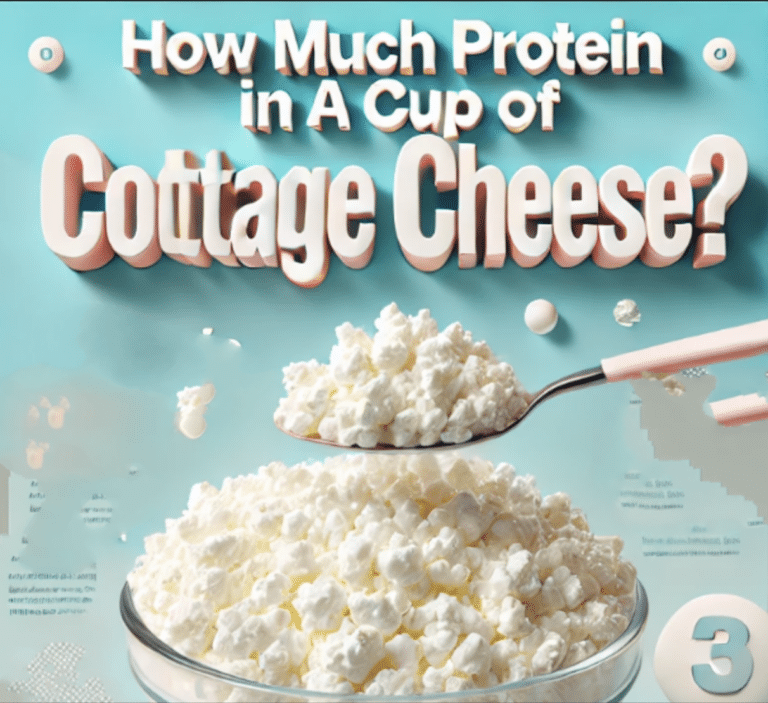Is Peanut Butter Gluten-Free? The Truth Behind Your Favorite Spread
I was standing in my kitchen with a dollop of peanut butter, halfway to my mouth, when the idea struck: “Wait… is this even gluten-free?”
I had lately begun experimenting with a gluten-free diet. More energy, less bloating, more concentration, you know. Though I was testing to see how my body would react, I was not diagnosed with anything, including celiac disease. And then doubt crept in while I was savoring my preferred late-night snack, yes, right from the jar.
Is peanut butter gluten-free?
Right? It seems like a straightforward query. Like most things in the field of food and nutrition, the solution can be far more complex than a simple yes or no. If you’re avoiding gluten for health or personal reasons, you’ll want to know what to look for, as not all peanut butter varieties are made equal. While some peanut butter is safe, some might sneak in gluten-containing components or suffer manufacturing contamination. To be honest, nobody wants to learn that the hard way.
This post is for you whether your dietary preferences are just a bit cleaner, you have celiac disease, or you are gluten-intolerant. We’re delving deeply into peanut butter, how it’s produced, what to look for, and how to choose the tastiest and safest alternative available.
What Is Peanut Butter?
Allow us to begin right at the beginning. Fundamentally, peanut butter is composed of one key component, peanuts. roasted, ground, and mixed into a majority of us grew up liking smooth or chunky spread. Purely speaking, peanut butter consists of just two ingredients: salt and peanuts. It hardly has salt at times.
Technically, then, peanut butter is inherently gluten-free. Neither salt nor gluten abounds in peanuts. You are therefore clear if you are consuming natural, clean peanut butter free of extra substances. Simple, fulfilling, and for most people entirely safe on a gluten-free diet.
Still, the peanut butter industry is huge nowadays, and not every jar follows the rules. To improve flavor, texture, and shelf life, several commercial brands use sweeteners, oils, stabilizers, and other substances. And here’s where gluten might stealthily enter.
Where Gluten Might Sneak In?
The difficult thing is that it’s not always about what’s clear. Although gluten mostly appears in wheat, barley, and rye, it can also be a secret component or result of manufacturing cross-contamination.
In the realm of processed goods, you would be astounded by the frequency with which gluten lurks in additives. If sourced from wheat, ingredients such as maltodextrin, modified food starch, natural flavors, or even thickeners could have gluten. And when these are combined with peanut butter, which occasionally they are, you are no longer looking at a safe, gluten-free food.
Then one has to consider shared facilities. Cross-contamination occurs if a manufacturer uses the same equipment for wheat-based goods as for their peanut butter. For patients with celiac disease, even minute levels of gluten can set off major symptoms. Therefore, even if the peanut butter might not have gluten components, the manufacturing technique might nevertheless bring them.
This makes label reading really vital. Not always can you rely on the front of the jar. You have to probe further and review the fine print.
How to Read the Label (Without Losing Your Mind)?
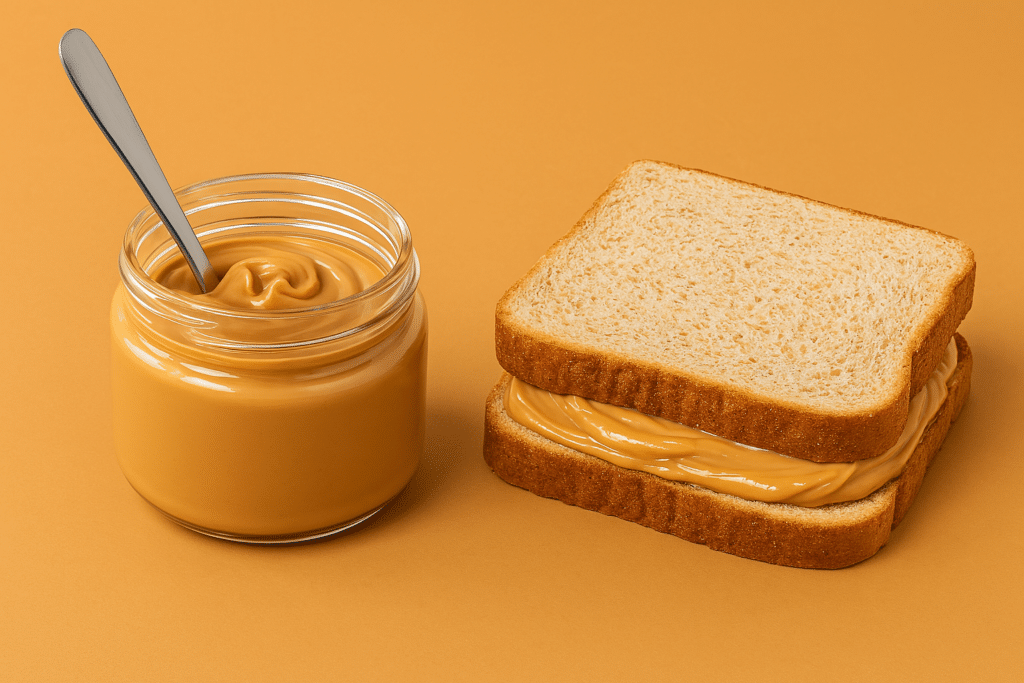
Reading labels can be taxing when you’re trying to make a quick and wise decision while browsing the grocery store. But it gets simpler with a little knowledge-based background.
First search for a verified gluten-free seal. This implies that the product satisfies FDA criteria of having fewer than 20 parts per million (ppm) of gluten and has been tested independently. For safety in gluten-free goods, this is the norm.
Look at the ingredient list next. You are looking for something basic. It should ideally state “peanut” and perhaps “salt.” Unless the product is clearly labeled gluten-free, you might want to omit items like wheat flour and malt or confusing phrases like “flavoring.”
Investigate allergy statements as well. For persons with significant gluten intolerance or celiac disease, something like “may contain traces of wheat” or “processed in a facility with wheat” could not be safe. These cautions are there for a purpose; if your health depends on them, then be careful.
Which Peanut Butter Brands Are Gluten-Free?
Fortunately, several well-known peanut butter companies have gluten-free variations or are gluten-free themselves. These reputable names are ones you should search out:
- Smucker’s Natural: Usually just salt and peanuts. a straightforward, reliable choice free of frills.
- Justin’s Nut Butter is well-known for its diversity and simple ingredients. Most are devoid of gluten.
- Among natural PB aficionados, Teddie Peanut Butter is a favorite. Simple components combined with excellent taste.
- The crazy Richards are quite simply peanuts. That sums it up. No sugar, no salt, no trouble.
- If you’re monitoring calories, this is an excellent substitute and labeled gluten-free. PBfit Powdered Peanut Butter.
- Though many of their regular goods are gluten-free, always verify individual labels.
- Jif: Like Skippy. You should confirm, as some versions are gluten-free but not all.
Different flavors or varieties could differ even under the same brand. A “natural creamy” version might be gluten-free, for instance, but a “chocolate swirl” version isn’t. Always be sure.
Cross-Contamination: The Sneaky Problem
For anyone with a significant gluten problem, cross-contamination is a silent worry even if the ingredient list seems harmless. Should peanut butter be produced on the same machinery as goods derived from wheat, it may absorb gluten during manufacturing.
Certified gluten-free labels are therefore quite beneficial. Usually, this indicates the business has gone above and above to prevent this type of contamination. Trace levels might not be a concern for those with non-celiac gluten sensitivity. For someone with celiac disease, though, even a tiny bit can set off a reaction.
Call the company if you have any questions. Many companies are glad to assist you in choosing safely and explain their allergy policies. Though it takes a few more minutes, it is well worth it.
What About Peanut Butter Products?
Let us now venture outside the container. Among many things, peanut butter appears in cookies, bars, cereals, sweets, and bread. Though the peanut butter inside these goods is harmless, many of them contain gluten.
Common peanut butter snacks that may contain gluten:
- Peanut butter cookies
- Granola bars with peanut butter
- Protein bars
- Cereal with peanut butter flavor
- Candy, like peanut butter cups (some are safe, some aren’t)
Always have a look at the label. The other ingredients could not be gluten-free even if peanut butter is the major taste sensation. The best bet is to create your snacks at home with gluten-free foods.
Some ideas:
- Peanut butter and banana on gluten-free toast
- Peanut butter energy balls with oats (make sure oats are certified GF)
- Apple slices with peanut butter and cinnamon
- Peanut butter protein smoothies
Is Peanut Butter Healthy?
Apart from being essentially gluten-free, peanut butter has a lot going for it nutritionally. It’s loaded with good fats, has a reasonable level of protein, and can make you feel full for longer. Along with other vital minerals, it supplies magnesium and vitamin E.
It is calorie-dense, though, as well. Two tablespoons’ worth of calories could run from 180 to 200. Portion control is essential if you want to drop weight. If you count calories or macros, particularly, use a measuring spoon or food scale.
Watch also for hydrogenated oils and added sugars. Some peanut butter is more of a dessert than a wholesome food. When at all feasible, stick to natural or unsweetened kinds.
Common Myths About Peanut Butter and Gluten
Let’s straighten out a few things that often perplex people.
Myth: Peanuts contain gluten.
Not at all. Certain grains contain gluten; legumes do not. Naturally devoid of gluten are peanuts.
Myth: You can taste gluten in peanut butter.
Furthermore, it is untrue. Gluten lacks a strong flavor; hence, your tongue cannot indicate whether it is present.
Myth: If it says “natural,” it must be gluten-free.
Not necessarily. Natural is not a controlled word. About gluten, it offers nothing of a guarantee. Go over the label.
Final Thoughts: Is Peanut Butter Gluten-Free?
Allow me to sum up this.
Indeed, when made with just peanuts and perhaps some salt, peanut butter is naturally gluten-free. But depending on the brand, chemicals, or processing techniques, gluten can get into the jar.
Living gluten-free, for celiac sensitivity, or just for personal health goals, you should check labels, seek certified gluten-free trademarks, and exercise caution with cross-contamination. Fortunately, several brands exist now doing it correctly.
Delicious, flexible, and indeed mostly gluten-free is peanut butter. Just avoid presuming, at first glance, that all jars are safe. Spend a few minutes checking; then, you will be free to enjoy your PB sandwiches, smoothies, snacks, and utensils right from the jar.
The mouthful I had last night? Thank goodness it passed the test. But today, I know for sure, and you too.
Keep eating that peanut butter; stay smart; check those labels.
